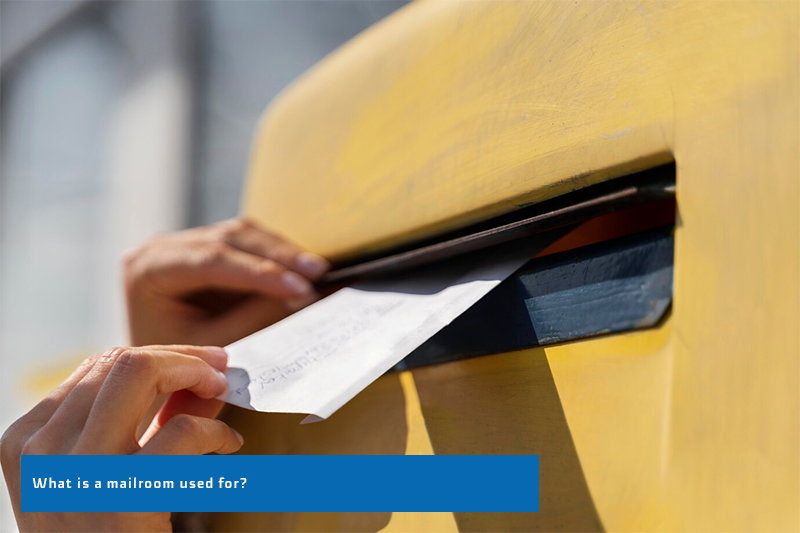A mailroom serves as the central hub for handling incoming and outgoing mail, parcels, and packages. Understanding the functions of a mailroom is essential for businesses to streamline operations, enhance productivity, and maintain effective communication channels. By gaining insight into the inner workings of a mailroom, organizations can optimize their mail handling processes, improve mail delivery times, and ensure the security of sensitive information.

Unveiling the historical significance of mailrooms
The historical context of mailrooms unveils their profound significance in organizational operations. Dating back centuries, mailrooms emerged as essential hubs for managing correspondence. Initially, they served as centralized locations for sorting and distributing letters and parcels.
Over time, mailrooms evolved in tandem with technological advancements and organizational needs. From manual sorting methods to automated systems, the evolution of mailrooms has revolutionized communication logistics.
Today, mailrooms remain integral to organizational operations, facilitating efficient internal communication and external correspondence. They serve as gatekeepers of information, ensuring the seamless flow of mail and packages. Understanding the historical journey of mailrooms provides insights into their enduring importance in modern workplaces.
Mastering mailroom functions
The functions of a mailroom are the cornerstone of efficient communication management within organizations.
A. Receiving and sorting incoming mail is the initial step, underscoring the importance of organized handling. Employing techniques such as batch sorting and digital categorization ensures swift and accurate processing.
B. Distributing mail to recipients demands a nuanced approach, distinguishing between internal and external communication streams. Implementing strategies like route optimization and priority handling guarantees timely delivery to intended recipients.
C. Processing outgoing mail involves meticulous preparation for postage, emphasizing accuracy and security. From address verification to package sealing, every step is critical in maintaining the integrity of outgoing correspondence.
By mastering these mailroom functions, organizations can streamline operations, enhance productivity, and foster seamless communication channels.
Revolutionizing Mailroom Management
Technology has ushered in a new era of efficiency and innovation within mailrooms.
A. Automation and digitization have transformed traditional mailroom tasks, minimizing manual labor and optimizing processes. From automated sorting systems to digital mailroom solutions, technology offers benefits like increased accuracy, reduced processing time, and enhanced resource allocation.
B. Mail tracking and management software provide a comprehensive suite of features, including real-time tracking, centralized data management, and customizable reporting. These tools empower mailrooms to operate with greater efficiency and accountability, enabling better resource utilization and streamlined workflows.
Incorporating technology into mailroom operations is not just a modernization effort but a strategic investment in optimizing organizational efficiency and delivering exceptional service.
The versatility of mailrooms
Mailrooms play indispensable roles in diverse sectors, ensuring smooth communication and operational efficiency.
A. In corporate organizations, they serve as nerve centers for internal communication, fostering collaboration and knowledge sharing. Moreover, mailrooms play a pivotal role in managing external correspondence, maintaining strong relationships with clients and partners through timely and professional interactions.
B. Educational institutions rely on mailrooms to provide essential services to students, including mail distribution and package handling. Additionally, mailrooms support faculty members by facilitating communication and administrative tasks, contributing to the overall efficiency of academic operations.
C. Within government agencies, mailrooms are essential for processing public services and maintaining compliance with regulations. Timely and accurate handling of mail ensures seamless communication with citizens and adherence to legal requirements.
Across these industries, mailrooms serve as linchpins of communication and organizational effectiveness, highlighting their universal importance.

